Frequently Asked Questions
1. What is custom knife making?
2. Why are custom knives considered good personalized gifts?
3. What materials are commonly used in custom knife making?
4. What are the main steps in creating a custom knife?
5. How can I get started with custom knife making?
Custom knife making is a timeless craft that marries artistry and functionality. This unique craft goes beyond the mere creation of knives; it encapsulates personal stories, brings together tradition, and fosters a bond with the user. From the choice of materials to the intricate designs, custom knives hold aesthetic and emotional value. If you’re on the lookout for personalized gifts that make a statement, understanding the art of custom knife making can truly elevate your gift-giving game.
Understanding Custom Knife Making
Knife making is both a science and an art. The process of creating a custom knife involves careful planning, supreme craftsmanship, and a deep understanding of materials. Here, we delve into what makes this craft so captivating.
The Historical Context
The history of knife making dates back thousands of years. Initially, knives were made for survival, used as tools for hunting, gathering, and self-defense. Over generations, this functional tool has evolved into a personal expression of style and utility. In various cultures, knives have been symbols of loyalty, respect, and skill. Today, as people search for personalized gifts, handcrafted knives hold a special allure due to their history and significance.
The Materials Used in Custom Knife Making
Choosing the right materials is crucial in custom knife making. Each component contributes to the knife's overall design, durability, and aesthetic appeal.
- Blades: The blade is the heart of the knife. It can be crafted from high-carbon steel, stainless steel, or even exotic metals. Each material offers different benefits—high-carbon steel tends to hold an edge longer, while stainless steel is more resistant to corrosion.
- Handles: Handles can be made from various materials including wood, micarta, G10, and even bone. Each handle material provides a unique grip and feel.
- Fittings: The fixtures such as bolsters and pins can be made from brass, copper, or stainless steel. These elements add elegance and can be personalized with engravings.
The Process of Creating a Custom Knife
The journey from an idea to a finished blade involves multiple stages, each critical in producing a quality knife. Let's break down this process.
Design and Planning
The first step in custom knife making is designing the knife. This can involve sketching, selecting materials, and determining the purpose of the knife. Whether it is intended for everyday use, collection, or as a gift, the design will reflect that purpose.
Forging the Blade
Once the design is finalized, the blade is forged. This step may involve heating metal to high temperatures and shaping it using hammers and anvils. It requires patience and skill, as the blade must be shaped without compromising its integrity.
Heat Treatment
After forging, heat treatment is essential. This process hardens the blade, which increases its longevity and functionality. Depending on the metal used, different temperatures and methods are applied to achieve the desired hardness.
Grinding and Shaping
The next step is grinding the blade. This is where the final shape and edge are created. Precision is key here, as a well-ground edge can make all the difference in performance.
Handle Construction
Creating the handle is just as critical as forging the blade. The handle must not only complement the blade aesthetically but also provide comfort and stability during use. It involves cutting, shaping, and sometimes even carving intricate designs into the handle material.
Assembly and Finishing Touches
After the blade and handle are crafted, they are assembled. This may involve using adhesives, screws, or pins for secure fitting. Finally, the knife is polished and finished. This not only improves the knife's appearance but also helps protect it from corrosion.
Custom Knives as Personalized Gifts
In a world full of mass-produced items, a custom knife stands out as a true treasure. The personalization involved allows individuals to add initials, unique designs, or even special dates to the knife, making it an exquisite gift.
Why Choose Custom Knives for Gift Giving?
Gift-giving is an art in itself, and a personalized gift often speaks louder than material value. Here are a few reasons why custom knives make the perfect personalized gifts:
- Sentimental Value: A custom knife becomes a cherished item, often passed down through generations. It symbolizes love and thoughtfulness.
- Unique Design: Each knife can embody the recipient's personality, whether through engraving, color, or style.
- Functionality: Beyond their aesthetic appeal, custom knives serve practical purposes, making them a desirable gift for cooking enthusiasts, campers, or collectors.
- Memorable Experiences: Gifting a custom knife often comes with a story—a memory of the moment, the process, or the bond with the maker.
Where to Start with Custom Knife Making
If you're inspired by the craft of custom knife making, consider trying your hand at it. Here’s how you can get started:
Research and Learn
Before diving into making your knife, spend some time researching. Read books, watch videos, and perhaps attend workshops to solidify your understanding of the basics.
Gather the Right Tools
Knife-making requires specific tools. Invest in essential equipment like hammers, anvils, heat sources, and grinders. Over time, you can expand your toolkit as you learn and grow.
Start Simple
Beginning with simpler designs can help build your confidence and skill. Practice is key in knife-making. As you gain proficiency, you can experiment with more complex designs.
Join a Community
Connecting with other knife makers can provide invaluable support and knowledge. Online forums and local workshops are fantastic avenues to share experiences and learn from seasoned professionals.
Elevate Your Gift-Giving with Custom Knives
Custom knife making is an art form that combines tradition, skill, and personalization. For those who wish to celebrate someone special by providing them with an item that tells a story and brings utility, custom knives stand as a superior choice among personalized gifts. Investing time in understanding this craft not only enriches one’s connection to the art but also enhances the gifting experience. By giving the gift of a custom knife, you are not just gifting an object, but a meaningful legacy that speaks of uniqueness, thoughtfulness, and appreciation. So, embark on this exciting journey of custom knife making, and watch as you create one-of-a-kind gifts that resonate with joy and memories for years to come.









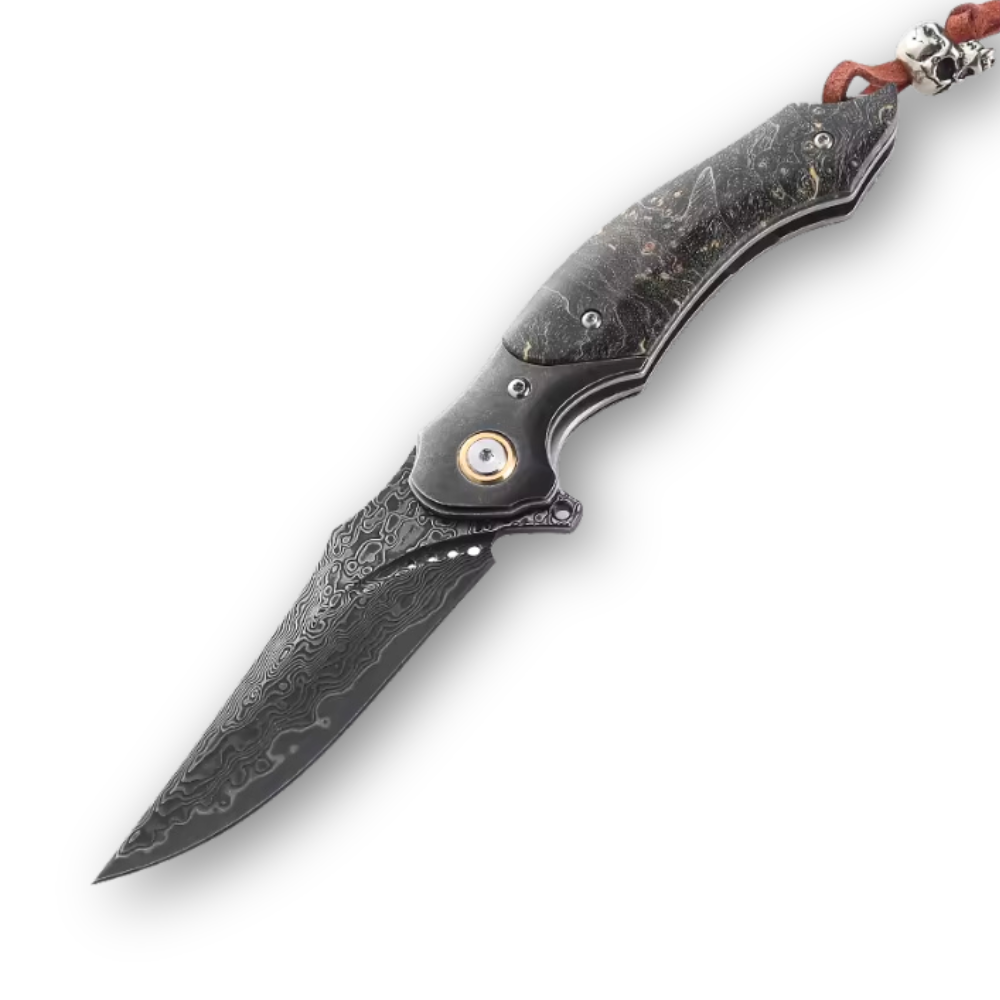










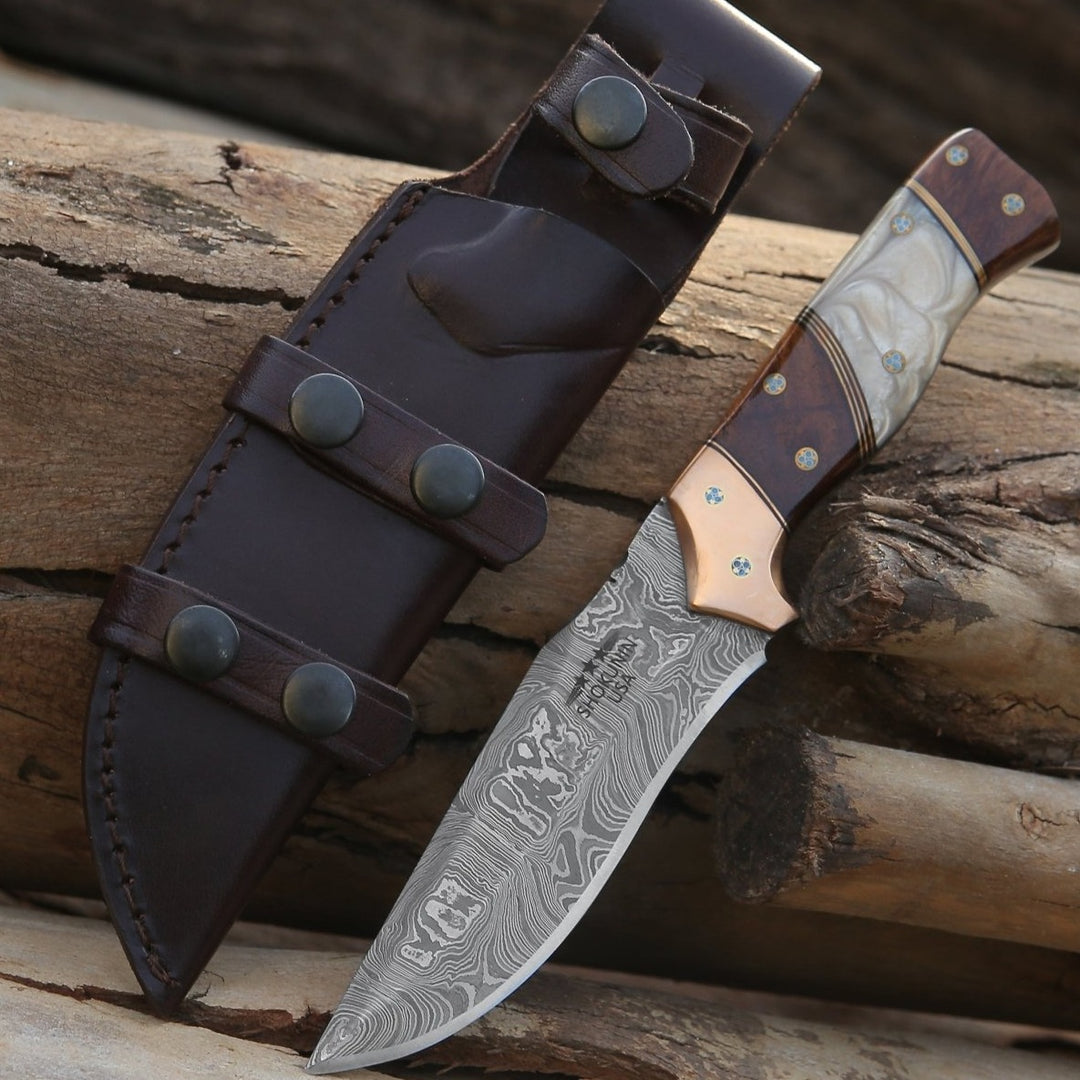
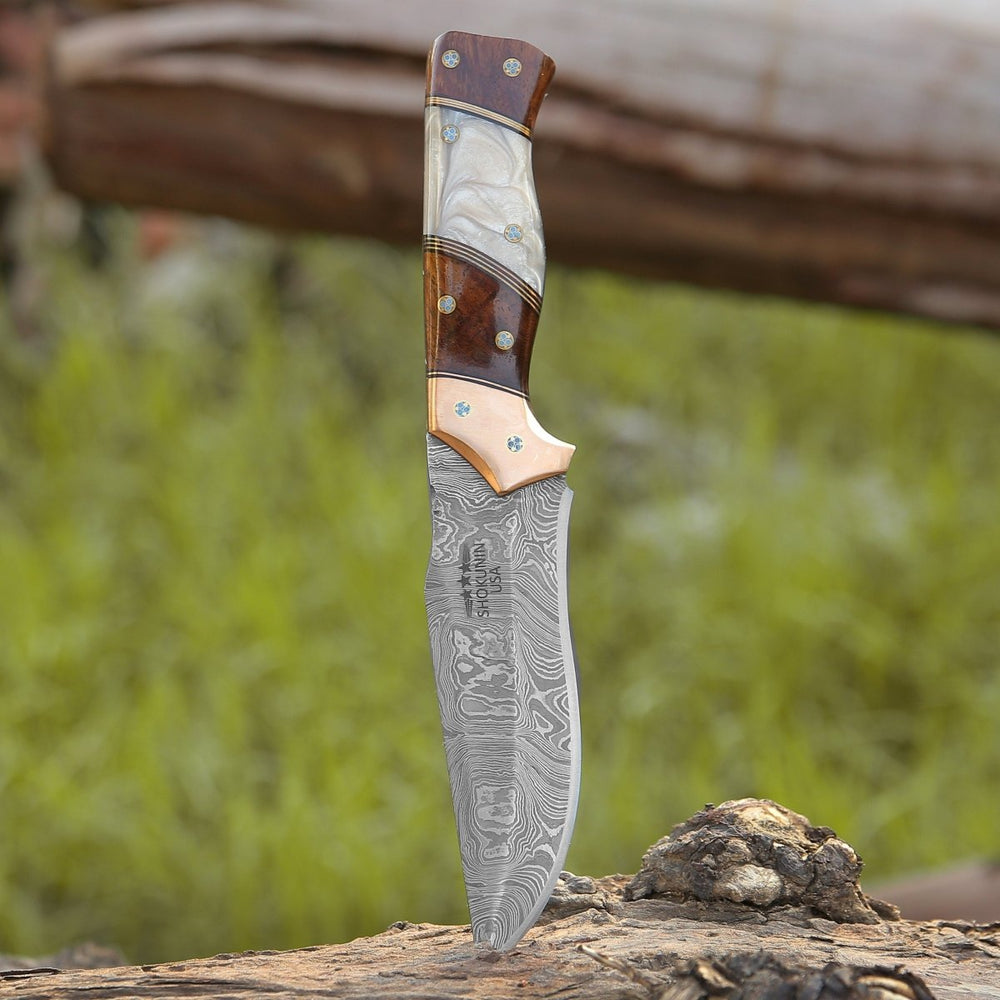


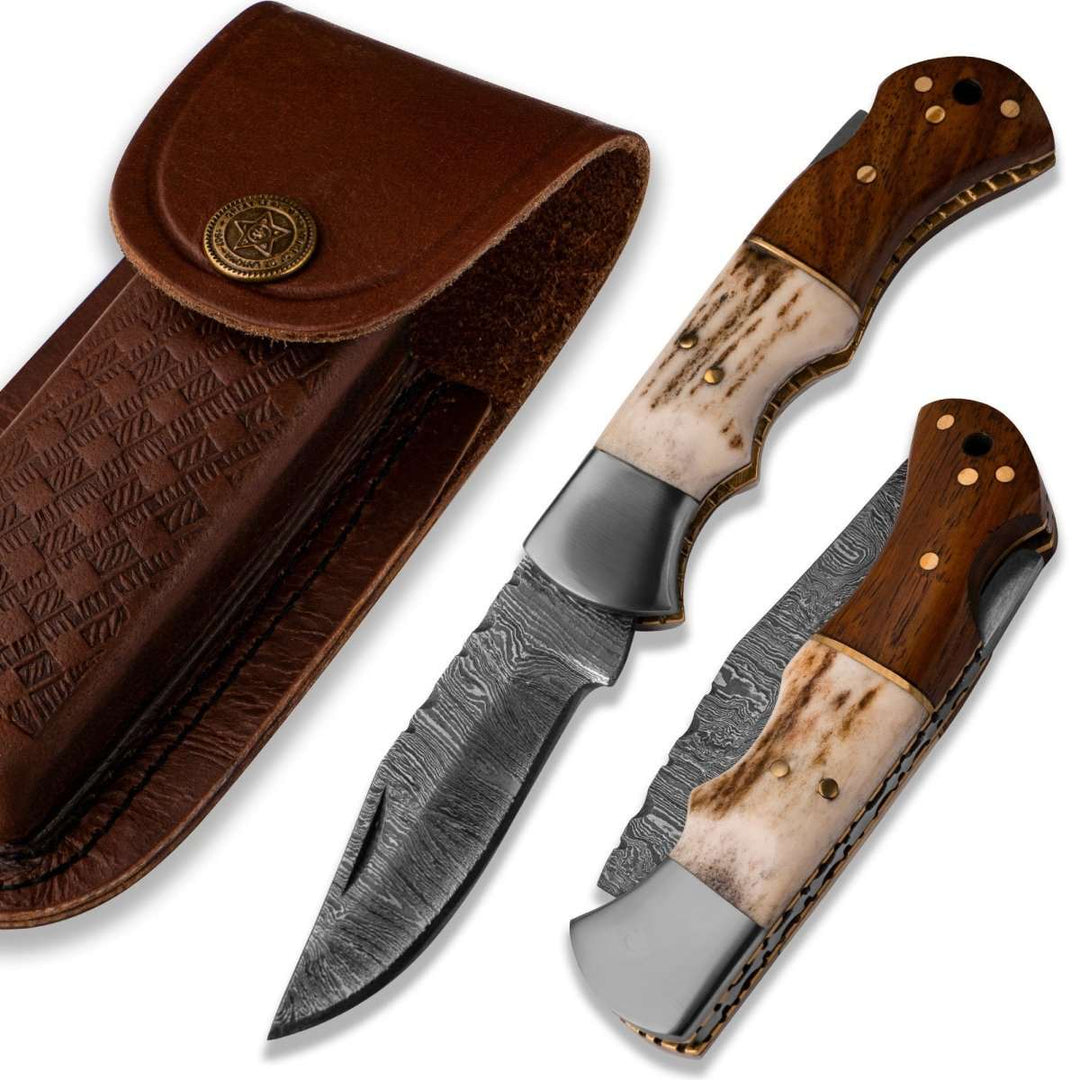
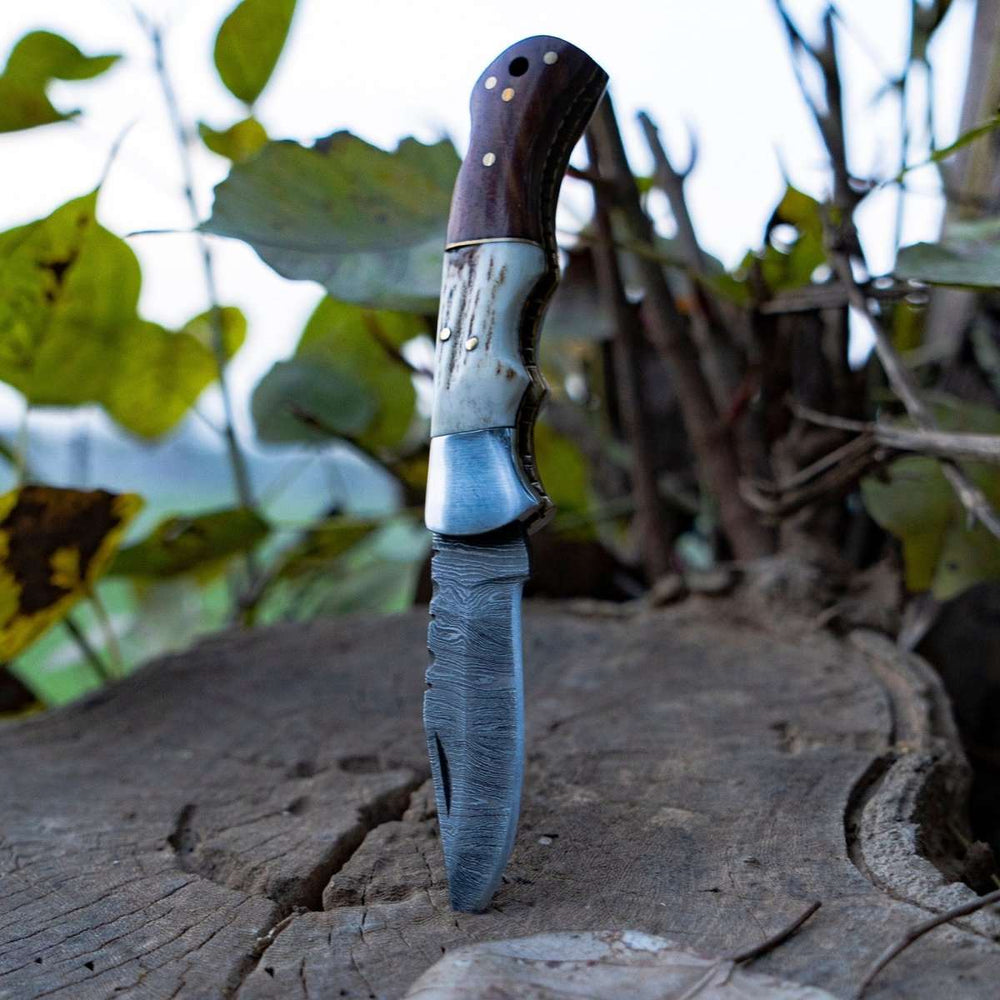




Dejar un comentario